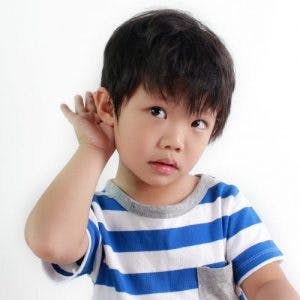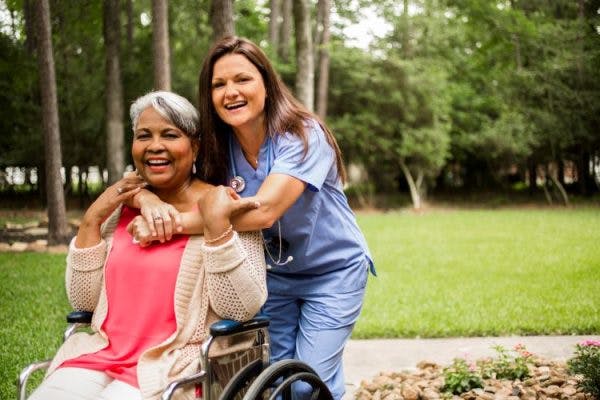Cerebral palsy is a motor disorder, meaning that it primarily affects one’s movements. However, difficulties controlling one’s movements can also affect major body functions such as circulation, digestion, and breathing. These are considered associated conditions of cerebral palsy.
Some are direct complications of cerebral palsy while others can occur as a result of significant damage to the brain. To help you understand what complications can occur, this article will list some of the most common associated conditions of cerebral palsy.
Associated Conditions of Cerebral Palsy
Generally, associated conditions of cerebral palsy can be split into 3 categories:
The following sections will list common associated conditions of cerebral palsy for each category:
Primary Conditions of Cerebral Palsy
Cerebral palsy is a movement disorder caused by damage to the developing brain. Primary conditions are the direct outcomes of that brain damage.
Common examples of primary conditions include:
- Abnormal muscle tone. Because cerebral palsy affects the motor pathways in the brain, individuals often experience involuntary muscle contractions. This can cause uncontrollable, stiff, or jerky movements. Although rare, some individuals experience the opposite effect: flaccid muscle tone.
- Poor posture. Many individuals with CP experience poor posture due to abnormal muscle tone in their trunk.
- Difficulties with coordination and balance. Poor coordination and balance are closely linked to cerebellum damage; however, abnormal muscle tone can also affect balance.
Depending on how extensive the damage to the brain is, the impact of primary conditions can range from mild to severe and affect various areas of the body.
Secondary Conditions of Cerebral Palsy
Secondary conditions of cerebral palsy occur in response to primary conditions.
Depending on the type and severity of their primary conditions and which areas of the body are affected, individuals with cerebral palsy may or may not experience these associated conditions.
Examples of secondary conditions include:
- Respiratory complications. Difficulties controlling the muscles that make up the mouth and upper body can make it very challenging to breathe and cough.
- Speech impairments. Dysarthria describes difficulty controlling the muscles necessary to speak. Poor control over the tongue, lips, and diaphragm can result in slurred or delayed speech. In severe cases of CP, individuals can be non-verbal.
- Hip dislocation. This is caused by severe spasticity in the hip adductor and hip flexor muscles.
- Scoliosis. Children are constantly growing, and uneven muscle pull or poor balance can result in scoliosis (when the spine curves to the side).
- Pain. Pain can result from both primary and other secondary conditions of cerebral palsy.
- Behavior problems. Like pain, behavior issues can result from various complications. Frequently, behavior problems are a sign of frustration caused by the way poor motor control affects communication.
- Feeding difficulties. Oral motor impairments can make it difficult for individuals with CP to chew and swallow their food. This can result in malnutrition and dehydration if not properly managed.
- Digestive problems. Common digestive issues experienced by children with cerebral palsy include gastrointestinal reflux disease (GERD), constipation, and urinary incontinence.
- Poor quality sleep. Sleeping problems can result from associated conditions like pain, impaired movement, respiratory complications, and digestion issues.
Associative Conditions of Cerebral Palsy
Associative conditions of cerebral palsy are complications that are not directly related to CP but commonly co-occur.
They’re the result of a completely different source of brain damage. This is why although CP is a motor disorder, many individuals experience cognitive impairments.
Common associative conditions of cerebral palsy include:
- Epilepsy. About 30-50% of children with cerebral palsy will experience epilepsy (recurring seizures).
- Hearing loss. It’s suggested that up to 37.5% of children with cerebral palsy experience some form of hearing loss. Signs of a hearing impairment include lack of reaction, incoherent responses, and frequently asking others to repeat themselves.
- Vision impairments. Mild vision impairments are extremely prevalent in children with cerebral palsy; however, only about 10% experience severe visual impairments. Cortical visual impairments are not caused by damage directly to the eye. Rather, they’re the result of damage to the brain, which makes it difficult to perceive what the eyes are viewing.
- Intellectual disabilities. Nearly 50% of people with cerebral palsy have an intellectual disability. An intellectual disability is characterized by an IQ below 70, which makes it difficult for them to communicate and take care of themselves.
- Learning disabilities. The difference between an intellectual disability and a learning disability is that children with learning disabilities have an IQ higher than 70. They’re still very much capable of understanding concepts, communicating, and reasoning; they just might need some more time and individualized instruction to do so.
Generally, those with more severe forms of cerebral palsy are more likely to experience associative conditions.
Understanding Associated Conditions of Cerebral Palsy
Although cerebral palsy is a motor disorder that primarily affects movement, it can also cause associated conditions. For example, difficulty controlling movements can also affect circulation, digestion, and breathing.
Depending on the severity of damage to the brain, individuals with cerebral palsy may experience various complications. Because every case of cerebral palsy is different, management should be tailored to each individual’s unique complications.










